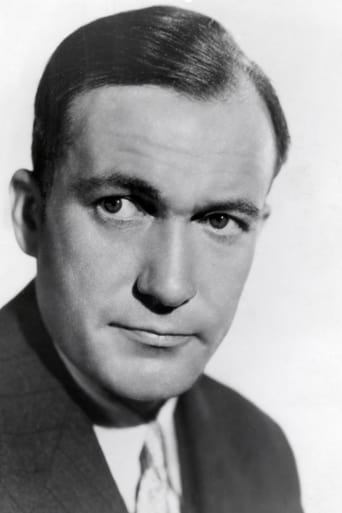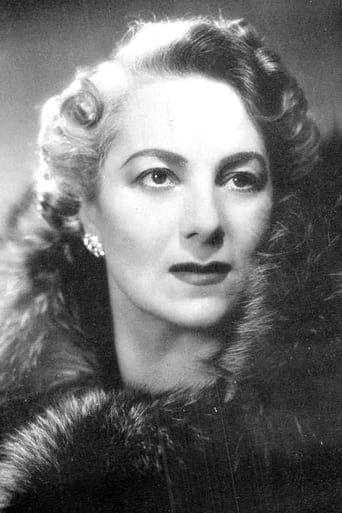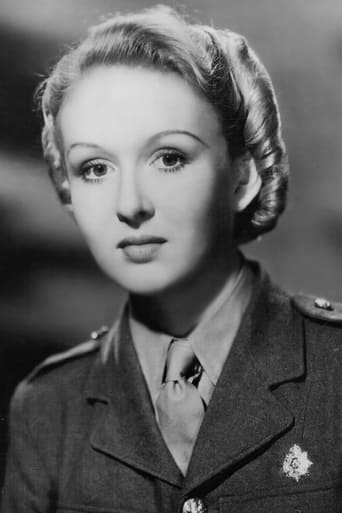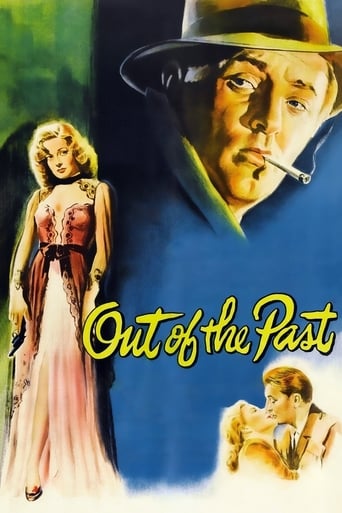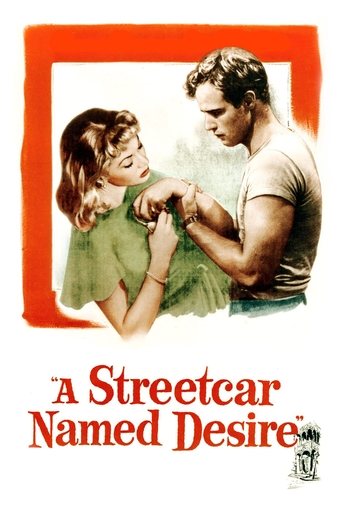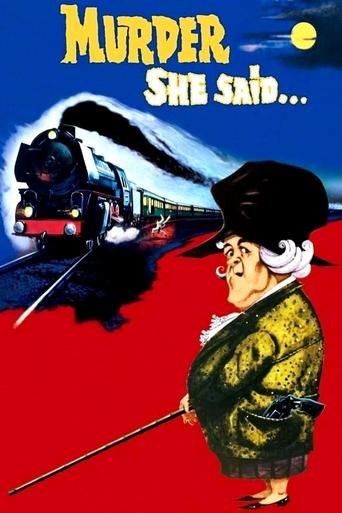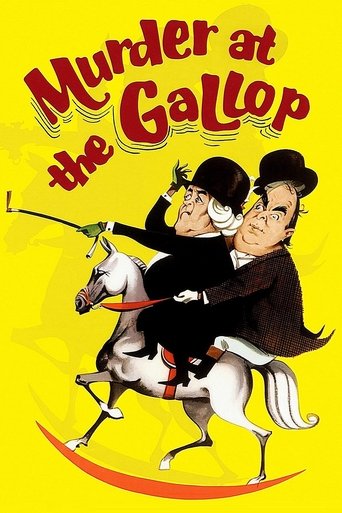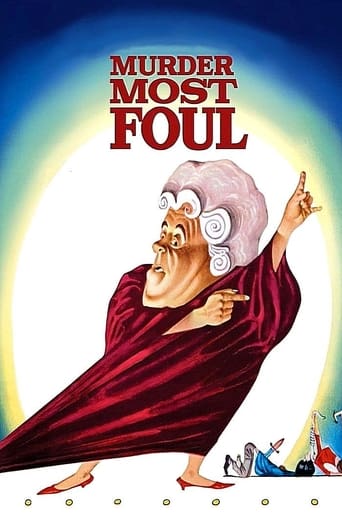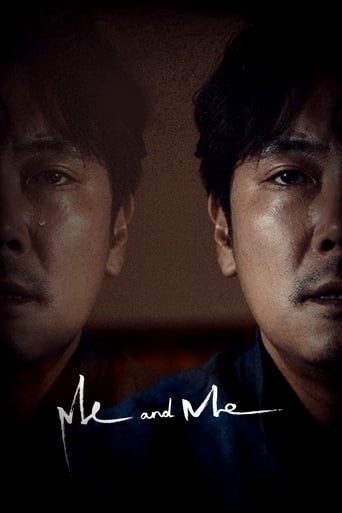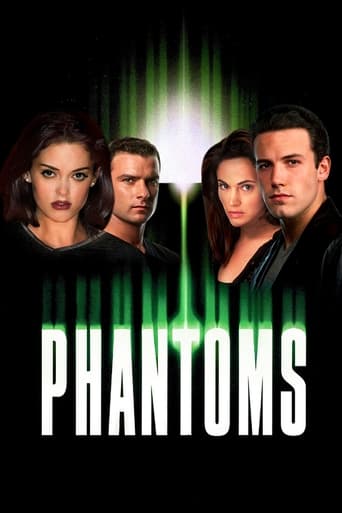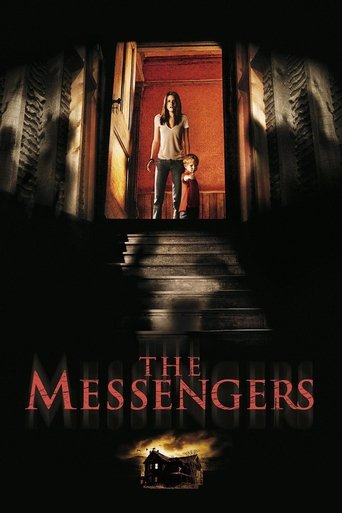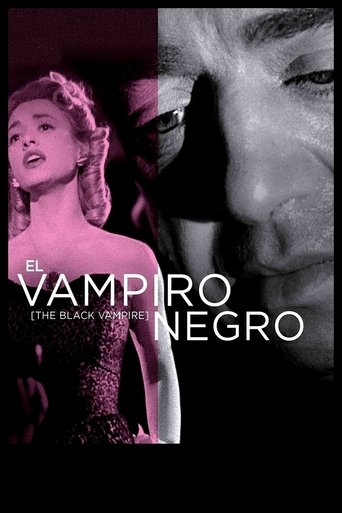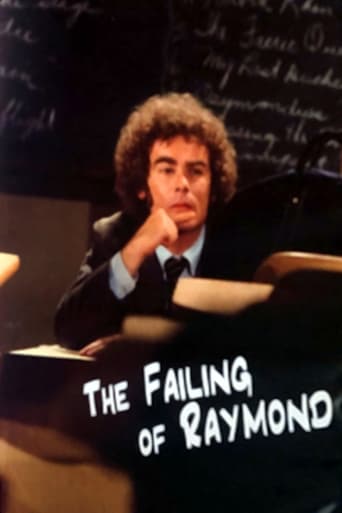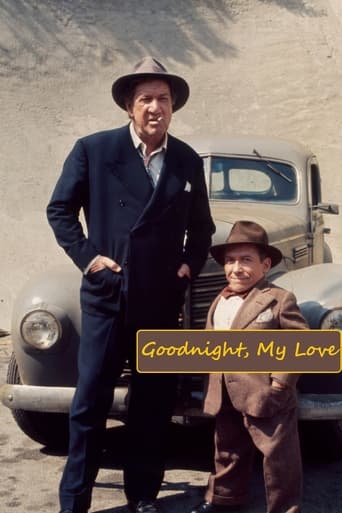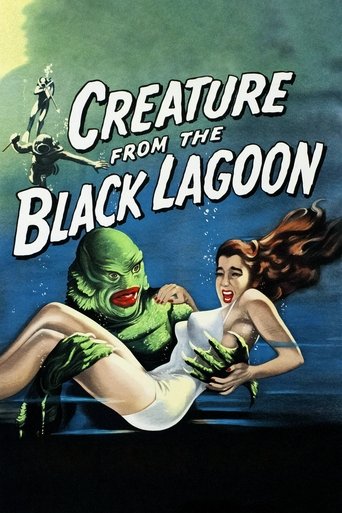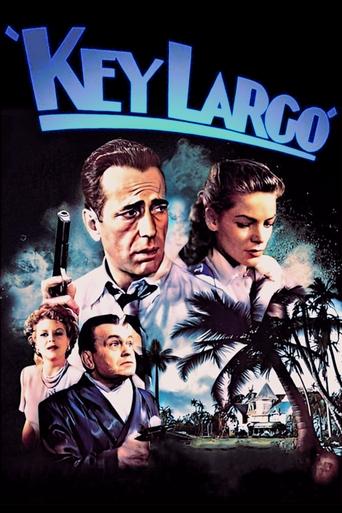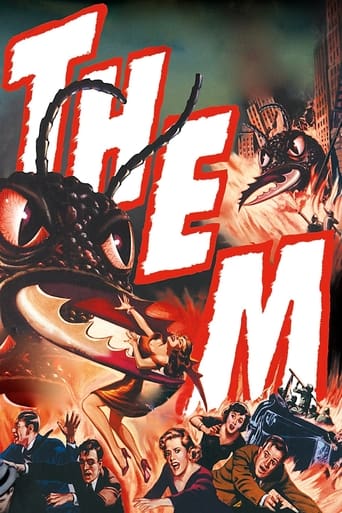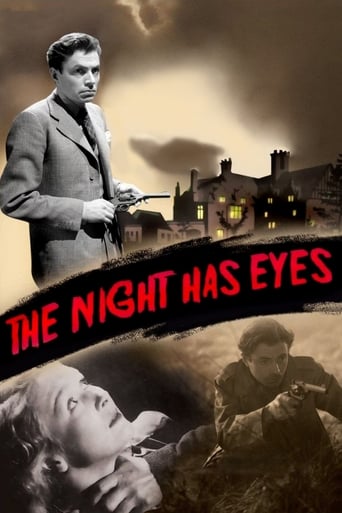
The Night Has Eyes (1942)
Two teachers, man-hungry Doris and restrained Marian, visit the Yorkshire moors a year after friend Evelyn disappeared there. On a stormy night, they take refuge in the isolated cottage of Stephen, one-time pianist shell-shocked in the Spanish Civil War. Doris flees as soon as the flood subsides; but Marian's suspicions about Evelyn's fate, in conflict with her growing love for Stephen, prompt her to stay on among the misty bogs.
- Leslie Arliss
- John Argyle
- Leslie Arliss
- Alan Kennington
Rating: 6.3/10 by 16 users
Alternative Title:
Moonlight Madness - US
Country:
United Kingdom
Language:
English
Runtime: 01 hour 19 minutes
Budget: $0
Revenue: $0
Plot Keyword: countryside, yorkshire, teacher, film noir, rural area, cottage, black and white
When the moon shines bright… The Night Has Eyes (AKA: Terror House/Moonlight Madness) is directed by Leslie Arliss who also adapts the screenplay from the novel written by Alan Kennington. It stars James Mason, Wilfrid Lawson, Mary Clare, Joyce Howard and Tucker Maguire. Music is by Charles Williams and cinematography by Gunther Krampf. “You seem to regard me as some sort of male sleeping beauty who is restored to life by your kiss” During the school term break, two lady school teachers travel to the Yorkshire Moors in the hope of finding out what happened to a fellow work colleague who vanished there a year previously. Arriving on the moors at night time, a storm breaks and the two women are thankful to stumble upon an isolated house where somebody is at home. The inhabitant is Stephen Deremid (Mason), a mysterious man who may just hold the key to what happened to the ladies’ missing colleague. Ok! It’s a stage bound “Old Dark House” film that has noir shadings but is more in keeping with classic Gothic offerings like Jane Eyre, Uncle Silas and Gaslight. The setting is a doozy, a creaky and shadowy mansion with a secret room, add in a storm from hell, the foggy moors that hold secrets along with the patches of quicksand (quickbog?), a seriously brooding leading man greatly troubled by his past, a spunky heroine fronting up for love interest and some possible perilous shenanigans… and you are good to go for some dark deeds and closeted skeletons. Director Arliss builds the suspense very slowly, dangling snippets of information that teases the audience as to what might be going on in this shadowy abode. Stephen is a music composer, he is also a veteran of the Spanish Civil War, the effects of which has left him scarred. Why does he take tablets? Why is the moon significant? Now that his house servants have turned up, do they know what happened to the girl last year? It all builds towards the film’s chilling climax, where all is revealed, and not insultingly so. The cast all perform well under Arliss’ direction, with Mason honing the brooding lead man act that would serve him so well in his career. Cinematographer Gunther Krampf (Nosferatu/The Hands of Orlac) creates an eerie atmosphere of fog-bound menace out on the moors, and also a foreboding darkened house of shadows for the interior of the Deremid mansion. The slow pace may put some off, and you are asked to forgive one or two dumb character reactions to certain situations, but this rewards the patient and very much it's a film for Gothic thriller fans to seek out. 7/10


